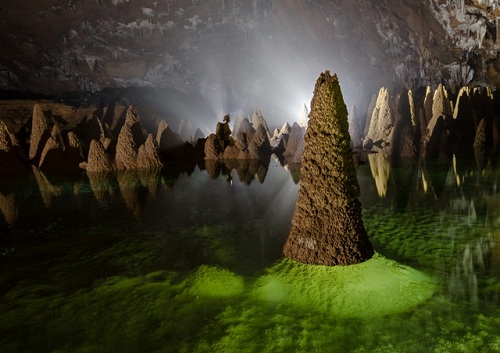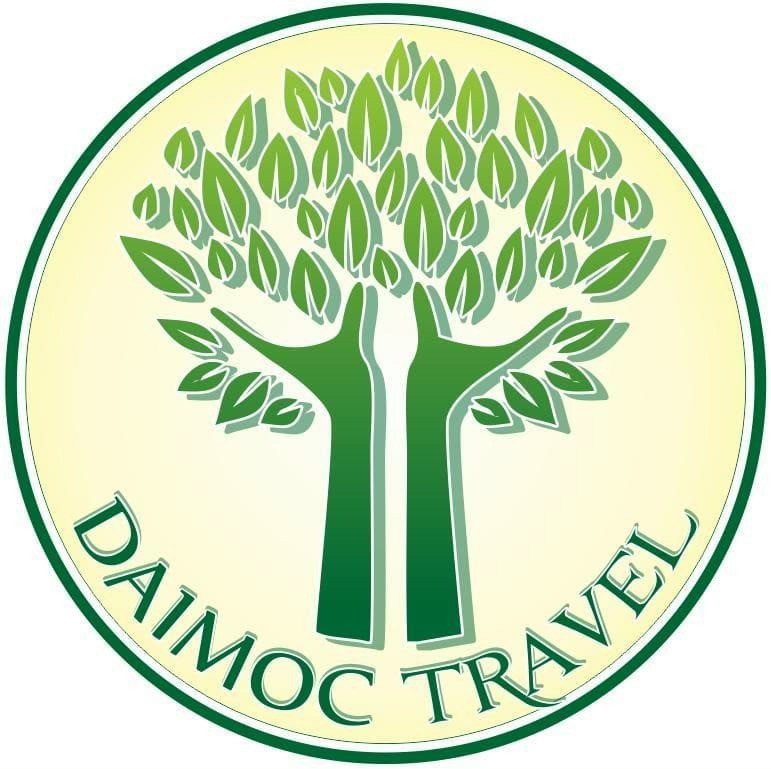LATEST NEWS 2025
Phong Nha – Ke Bang National Park won two awards for Vietnam’s Leading Natural Destination and Asia’s Leading National Park in 2025, on the evening of October 13. The Phong Nha – Ke Bang National Park Management Board said that Vietnam’s representative won the two most prestigious categories for natural tourism, including Vietnam’s Leading Natural Destination in 2025 and Asia’s Leading National Park. The award is part of the World Travel Awards (WTA) 2025 ceremony, held on the evening of October 13 in Hong Kong, China.
Phong Nha Ke Bang National Park in Phong Nha town – Bo Trach district – Quang Binh province, is currently an attractive tourist destination for domestic and foreign tourists. This is also a place where scientists and cave explorers around the world want to come to study and research. There are scientists who have devoted their whole lives to researching here.
Location: Located in Quang Binh province, Central Vietnam; geographic coordinates: 17021’12” to 7044’51” North latitude; 105046’33” to 106023’33” East longitude
Area: 123,326 ha, including 03 sub-zones: strictly protected sub-zone (100,296 ha); ecological restoration sub-zone (19,619 ha); administrative service sub-zone (3,411 ha).
The buffer zone has an area of 219,855.34 ha in 13 communes (including Dan Hoa, Hoa Son, Trung Hoa, Thuong Hoa, Trong Hoa communes of Minh Hoa district; Tan Trach, Thuong Trach, Xuan Trach, Phuc Trach, Son Trach, Phu Dinh, Hung Trach communes of Bo Trach district and Truong Son commune of Quang Ninh district).

Overview map of Phong Nha – Ke Bang National Park
Year of establishment: 2001, formerly Phong Nha Nature Reserve
UNESCO ranking: World Natural Heritage; criteria (viii) geology, geomorphology (2003); criteria (ix) ecosystem and (x) Biodiversity (2015).
National ranking: Special National Monument (2009).
Geology – Geomorphology:
Phong Nha – Ke Bang is considered a giant geological museum of global value and significance, with most of its area being limestone and linking the Hin Namno National Biodiversity Reserve of Laos to form a large Karst block in Southeast Asia.
Phong Nha – Ke Bang today is the result of the development of 5 geological tectonic stages, from the Ordovician period (464 million years) to the Quaternary. This is demonstrated by the rich and diverse paleontological fossil complexes representing different stratigraphic ages.
 Ancient Karst Tower in Phong Nha – Ke Bang
Ancient Karst Tower in Phong Nha – Ke Bang

 Son River junction
Son River junction
Primary forest on limestone mountain
Plants: 2,952 plant species belonging to 1,006 genera, 198 families, 62 orders, 11 classes, 6 phyla were recorded, of which 112 species were listed in the Vietnam Red Book, 121 species were listed in the IUCN Red Book, 01 species was listed in CITES appendices, 03 species were listed in Decree 64/2019/ND-CP.
 Green mountain cypress population in Phong Nha – Ke Bang
Green mountain cypress population in Phong Nha – Ke Bang
 Douc Langur
Douc Langur New spider species Khorata protumida from Bay Tang cave – Phong Nha – Ke Bang National Park
New spider species Khorata protumida from Bay Tang cave – Phong Nha – Ke Bang National ParkBuffer zone population: 68,501 people (as of December 2020); average population density 19.96 people/km2
Ethnicity: In addition to the Kinh people who account for 83.1% of the total population, the area also has many different ethnic groups living together, including the two main ethnic groups: the Chut (accounting for 4.3%, including the Sach, May, Ruc, and A rem ethnic groups) and the Van Kieu (accounting for 12.6%, including the Van Kieu, Khua, Ma Coong, and Tri ethnic groups).

Van Kieu village
 Cave of Eight Ladies
Cave of Eight Ladies
 Drum Festival of the Ma Coong People
Drum Festival of the Ma Coong People
Archaeological sites: 33 archaeological sites dating from 3,000 to 12,000 years ago were recorded. Some typical sites in Phong Nha – Ke Bang include: Bi Ky cave site in Phong Nha cave including Cham altars, 97 ancient characters carved on the cliff, stone statues, pottery pieces and many tablets containing Cham Pa cultural information; Sites in Hung Trach commune, Son Trach include ceramic jar tombs, earrings, bronze axe blades containing Dong Son and Sa Huynh cultural information.
 Ancient Cham characters carved in Phong Nha cave
Ancient Cham characters carved in Phong Nha cave
Source: internet
TOUR 1 NGÀY QUẢNG TRỊ NHIỀU ƯU ĐÃI




